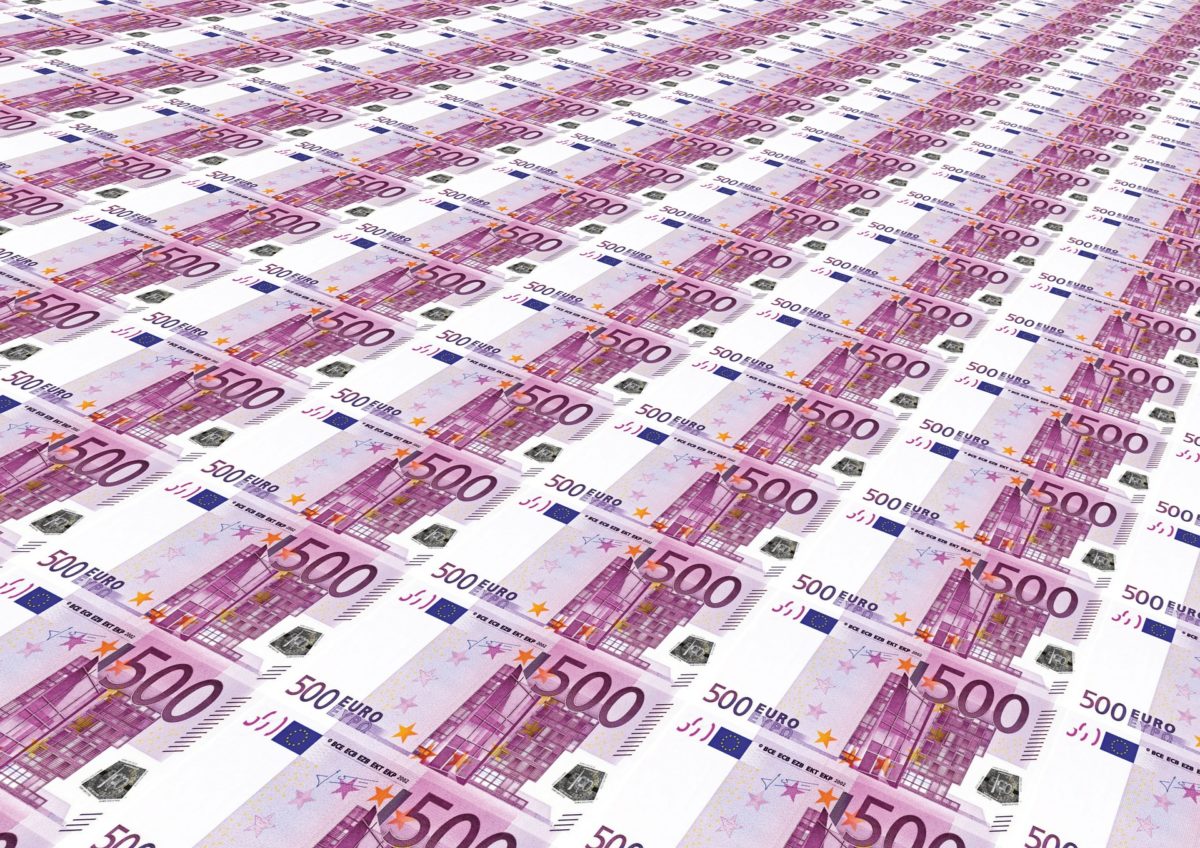Potential hydrogen investors have told the European Investment Bank (EIB) that measures such as hydrogen offtake guarantees, consumption quotas, a carbon tax, and looser state aid rules will be needed to achieve the EU's hydrogen ambitions.
The EIB surveyed 20 hydrogen companies and 26 investors on behalf of the European Commission, to identify the obstacles to driving Europe's hydrogen economy. The respondents said renewables-powered green hydrogen is more expensive than other forms of the energy carrier, with a lack of uniform regulation for hydrogen deployment.
Finance is constrained, cross-border projects need to be better coordinated, and the multiplicity of funds available to back hydrogen projects is counterproductive. The investors and hydrogen companies suggested incentives could include guaranteed offtake contracts, feed-in tariffs for hydrogen production, green public procurement to drive hydrogen demand, and production capacity auctions.
The respondents highlighted Germany's H2 Global plan to create a hydrogen marketplace via a state body responsible for buying the gas for the cheapest price and selling it to end users for the highest return. Carbon contracts for difference (CCFDs) were also suggested, with associated modifications of Europe's emissions trading scheme (ETS) and guarantees of origin to certify carbon reduction volumes.
CCFDs would fix an auction-determined level of income for companies that produce carbon allowance certificates linked to the market-driven price of the certificates on the European ETS. Instead of being subject to fluctuation in the carbon price, certificate producers – in this case, electrolyzer makers – would receive a publicly funded top up to the value of their certificates when the ETS-determined price is below the CCFD figure. When the ETS carbon price is higher than the CCFD strike price, the certificate holders would refund the difference back to the appropriate public fund.
Quotas could stipulate a minimum requirement of green hydrogen consumption, for example by European steelmakers, in conjunction with an EU carbon border. They could also mandate a certain volume of hydrogen be carried in European gas pipes, to reduce transport costs.
The hydrogen industry representatives called for an easing of state aid rules on large scale projects. The companies and investors also called for uniform hydrogen regulation across the EU, to help cross-border projects.
Standard contracts for hydrogen pipeline installation would be helpful, according to the EIB's “Unlocking the Hydrogen Economy” report, as would safety and pressure standards, particularly for transport and storage of the energy carrier. The EIB report states the European Union wants the bloc to have 6 GW of electrolyzed hydrogen production capacity by 2024 and 40 GW by 2030.
That will cost €24 billion ($25.8 billion) to €42 billion by 2030 for electrolyzers alone, the report stated, with the total hydrogen investment cost to 2030 “in the region of hundreds of billions of euros,” and the bill to mid century “as high as €470 billion.”
This content is protected by copyright and may not be reused. If you want to cooperate with us and would like to reuse some of our content, please contact: editors@pv-magazine.com.




2 comments
By submitting this form you agree to pv magazine using your data for the purposes of publishing your comment.
Your personal data will only be disclosed or otherwise transmitted to third parties for the purposes of spam filtering or if this is necessary for technical maintenance of the website. Any other transfer to third parties will not take place unless this is justified on the basis of applicable data protection regulations or if pv magazine is legally obliged to do so.
You may revoke this consent at any time with effect for the future, in which case your personal data will be deleted immediately. Otherwise, your data will be deleted if pv magazine has processed your request or the purpose of data storage is fulfilled.
Further information on data privacy can be found in our Data Protection Policy.